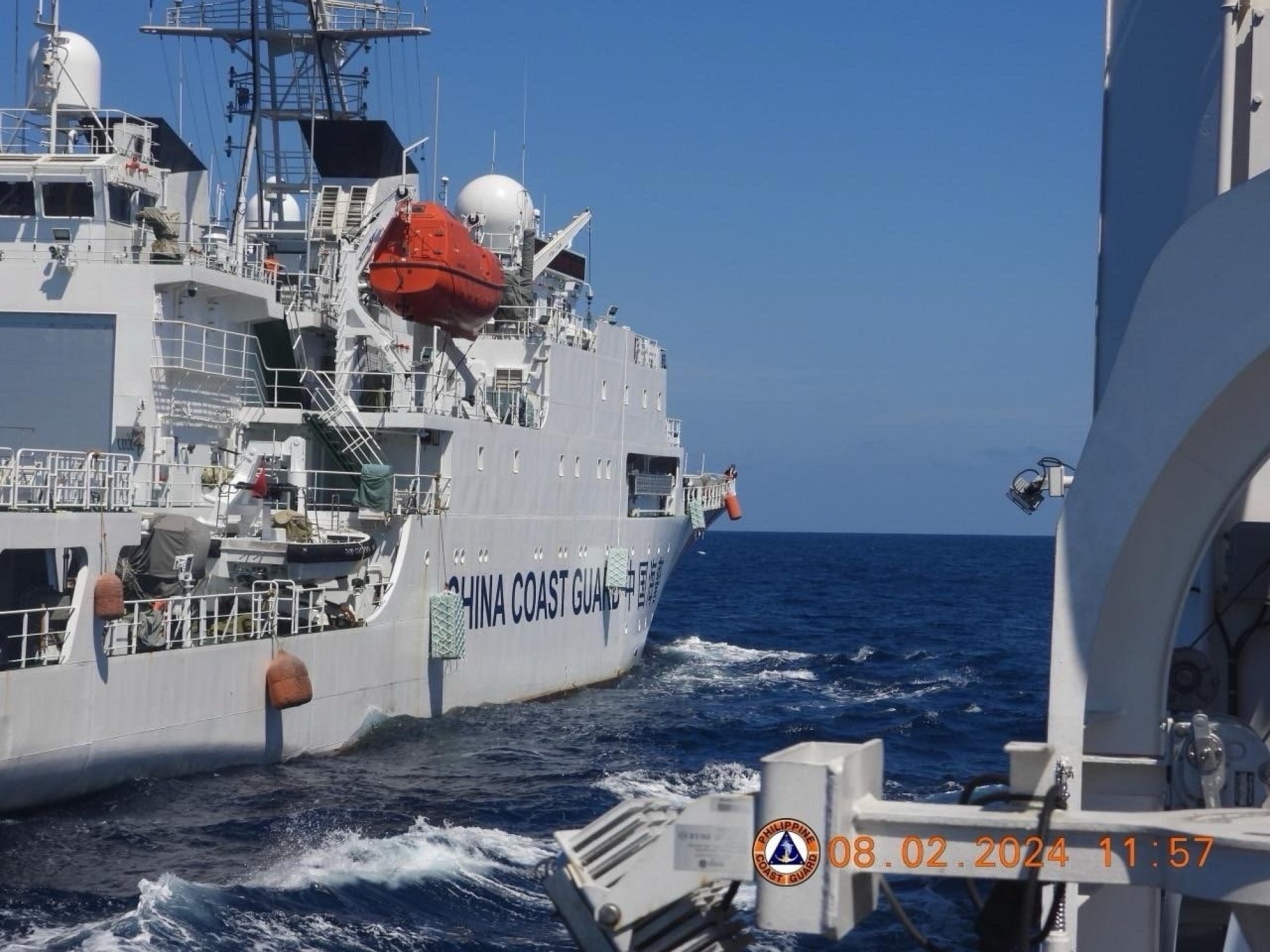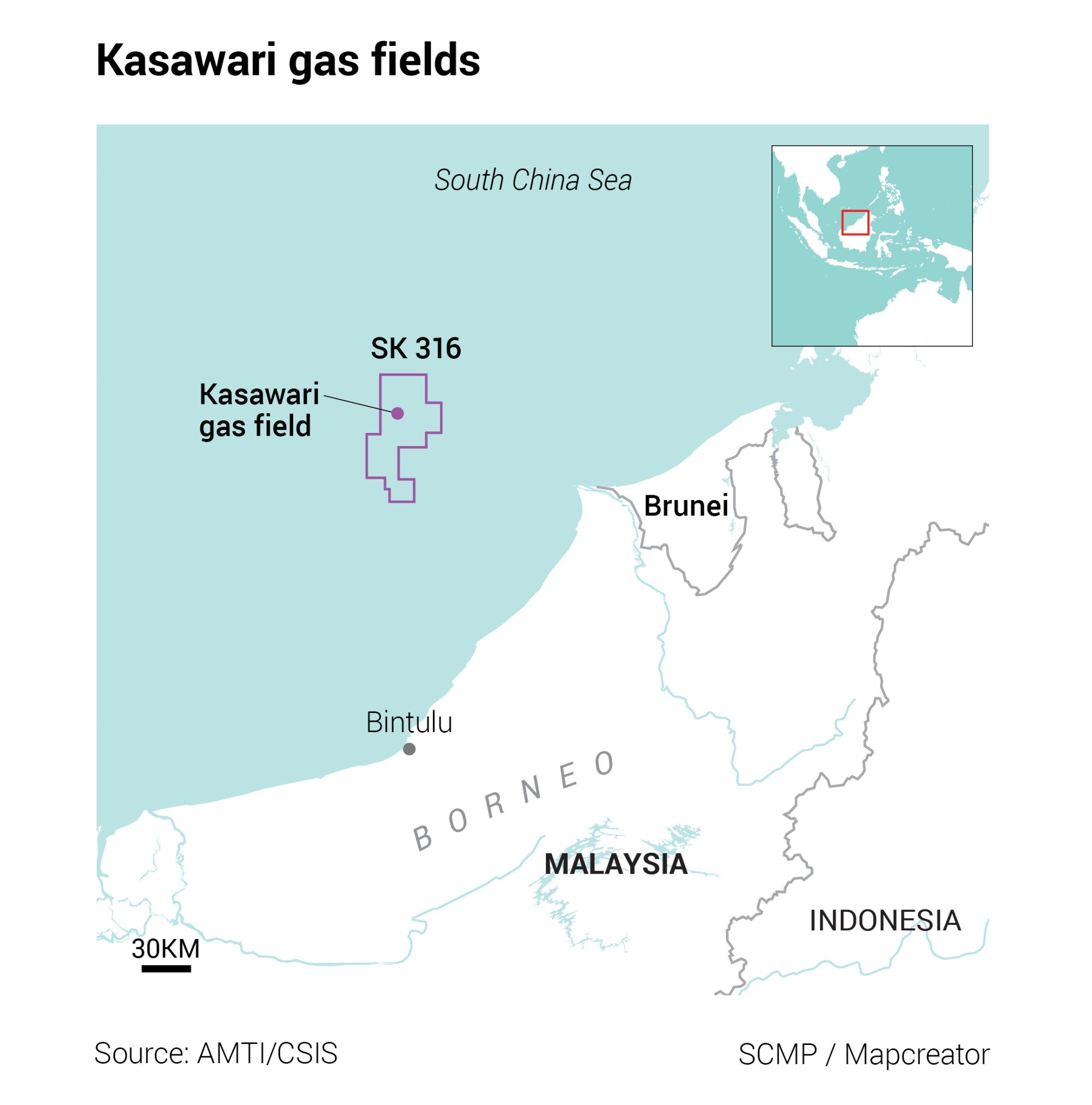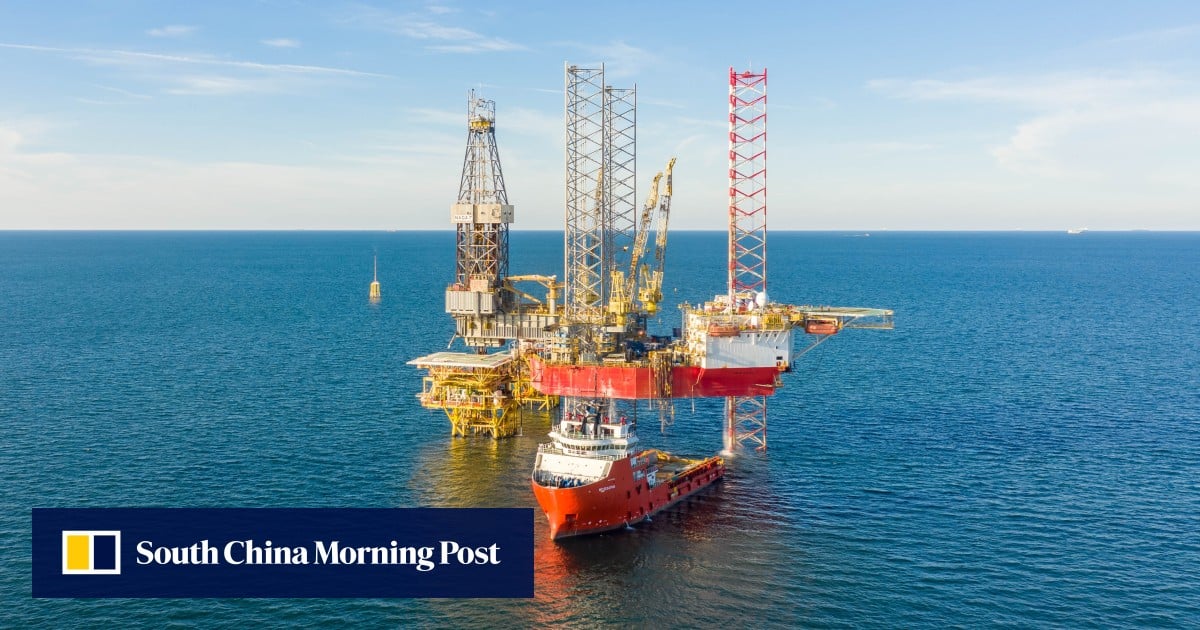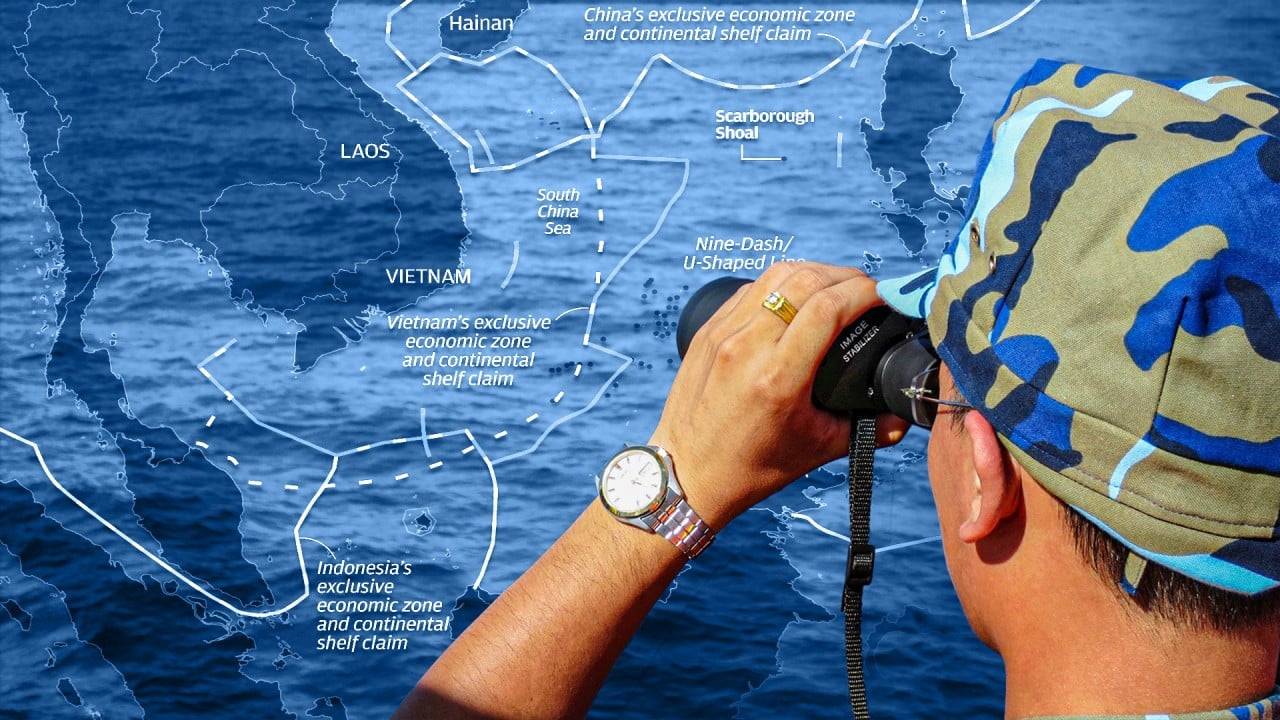On February 17, the China Coast Guard 5403 vessel sailed off the coast of Malaysia to begin a period of intrusive patrolling into the country’s oil and gas fields, according to SeaLight, a Stanford University project focused on grey zone activities in the South China Sea. The patrol is still ongoing.
Ngeow Chow-Bing, director of the Institute of China Studies at the University of Malaya, said Malaysia had maintained a low profile approach to China’s maritime intrusions for more than a decade, preferring to register its protests through diplomatic channels while sending out navy and coastguard vessels to keep an eye on the Chinese boats.
“This is the standard approach and will remain so unless the status quo is disrupted,” Ngeow said, adding that a “noisier” approach was unnecessary and could even be counterproductive.

While Malaysia’s trade and economic ties with China were important, Ngeow said the country also derived benefits from having a stable and positive relationship with Beijing while carefully managing their differences.
In a rare instance of vocal opposition, Malaysia publicly spoke out against China’s latest map last August that laid claim to virtually the entire South China Sea, including areas off the coast of Malaysian Borneo.
“However, it is felt that there is no need to dwell on this map after the official position has been clearly stated,” Ngeow said.
South China Sea: Malaysia vows to protect its rights in disputed waters as China voices concerns
South China Sea: Malaysia vows to protect its rights in disputed waters as China voices concerns
Malaysian Prime Minister Anwar Ibrahim, on a visit to China last September, said Beijing had assured him it would continue to negotiate with Southeast Asian nations over disputed territorial claims in the resource-rich waterway, and avoid actions that risked escalation.
Brian Wong, assistant professor of philosophy at the University of Hong Kong, and an adviser on strategy for the Oxford Global Society think tank, said while Malaysia firmly viewed the South China Sea as a core part of its security interests, it was wary of any overt attempt to politicise or unilaterally alter the status quo in the region.
“The uneasy equilibrium is one that Putrajaya is keen to maintain,” he said, adding that the incumbent administration “does not believe direct confrontation and unbridled escalation over the region is conducive towards its geopolitical interests”.
“[Malaysia is] trying to nudge China, through more amiable calls, onto a multilateralist path for resolution of territorial disputes,” he added.
China has been Malaysia’s largest trading partner since 2009, with total trade between both nations reaching a record US$203.6 billion in 2022, according to Chinese official figures.
In 2022, Malaysia exports of palm oil and related products to China amounted to US$3.72 billion, accounting for 11.4 per cent of the country’s total worldwide exports of these products.
Last May, China said it would invest an estimated US$38.64 billion in Malaysia, including in the petrochemical and automotive industries, while Chinese carmaker Geely in July announced a US$10 billion plan to develop Malaysia’s auto-making hub.
Prashanth Parameswaran, fellow at the Wilson Center in Washington DC and founder of the weekly Asean Wonk newsletter, said Malaysia “may not be as loud as the Philippines” in its public remarks, but China’s maritime assertiveness continued to be a concern for the country.
Japan, Asean summit to push ‘security cooperation’ amid South China Sea tensions
Japan, Asean summit to push ‘security cooperation’ amid South China Sea tensions
In December, Japan and Malaysia signed a security assistance deal that would include a US$2.8 million grant to boost Malaysia’s maritime security, and the provision of rescue boats and supplies.
“Anwar’s government will be keenly aware of the need to avoid the perception he is overly soft on the South China Sea issue,” Parameswaran said, noting he had faced scrutiny by the opposition into his dealings with Beijing when he returned from China last April.
Ray Powell, director of SeaLight, the Stanford University project focused on grey-zone activities in the South China Sea, said Malaysia had adopted a restrained approach towards China’s “continuous intrusive patrols” of its offshore oil and gas fields, which were clearly on Malaysia’s continental shelf within its lawful EEZ.
“While this keeps its maritime dispute manageable, it also meets China’s intent to normalise its ‘right’ to operate there and assert its jurisdiction,” he said. “Beijing’s grey-zone strategy relies on its neighbours’ appearance of acquiescence so that it can gradually increase its presence and ultimately consolidate its control throughout its expansive maritime claims.”

‘Relentless hacking’
Gaute Friis, a defence innovation scholar at Stanford’s Gordian Knot Center for National Security Innovation, said there were indications Beijing was using cyber espionage to support its kinetic grey zone operations in the South China Sea, including to prevent Malaysia from developing its subsea gas fields.
“We all know that China relentlessly hacks its Southeast Asian neighbours,” Friis said, pointing to recent evidence suggesting some of these cyber operations were aimed at gathering information that China’s coastguard used in its operations to harass offshore energy companies in Kasawari.
Developed by Malaysian oil and gas company Petronas, the Kasawari gas development project is located off Sarawak in the South China Sea.
Friis said researchers at the cybersecurity vendor Proofpoint claimed “with moderate confidence” that hackers operating on behalf of the Hainan branch of the Chinese Ministry of State Security targeted “companies that appear to be involved in either the engineering, extraction of natural gases, or export of natural gas products from the Kasawari gas project” during the same period when the Chinese Coast Guard was engaging in a harassment campaign against vessels working on Malaysian oil and gas development off the coast of Sarawak.
“Essentially, it seems these kinds of cyber operations enable the China Coast Guard to calibrate its harassment operations to achieve maximal disruption to Malaysia’s oil and gas development within Malaysia’s own EEZ.”
“It is a rare example of Chinese cyber espionage enabling kinetic operations,” Friis said.


